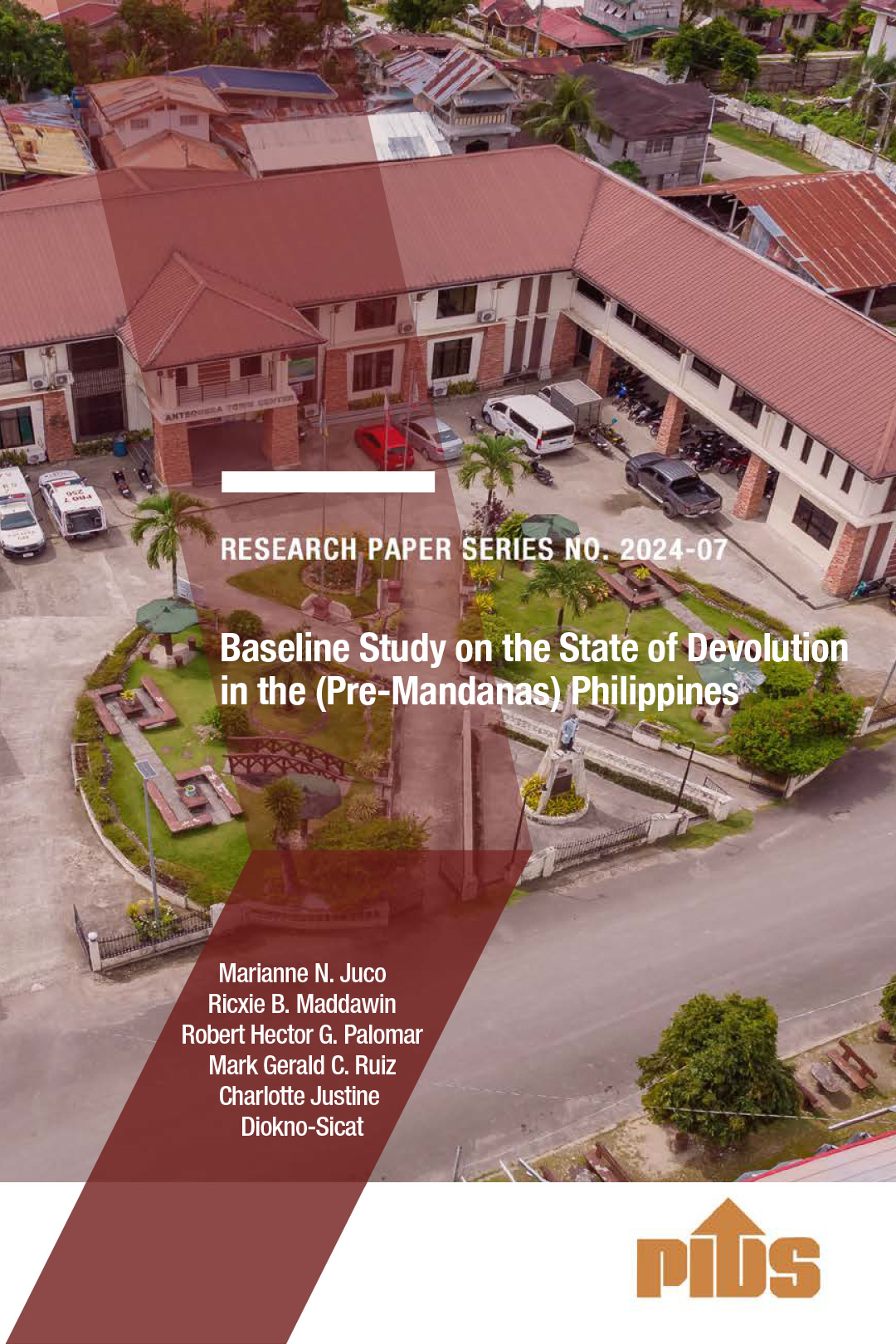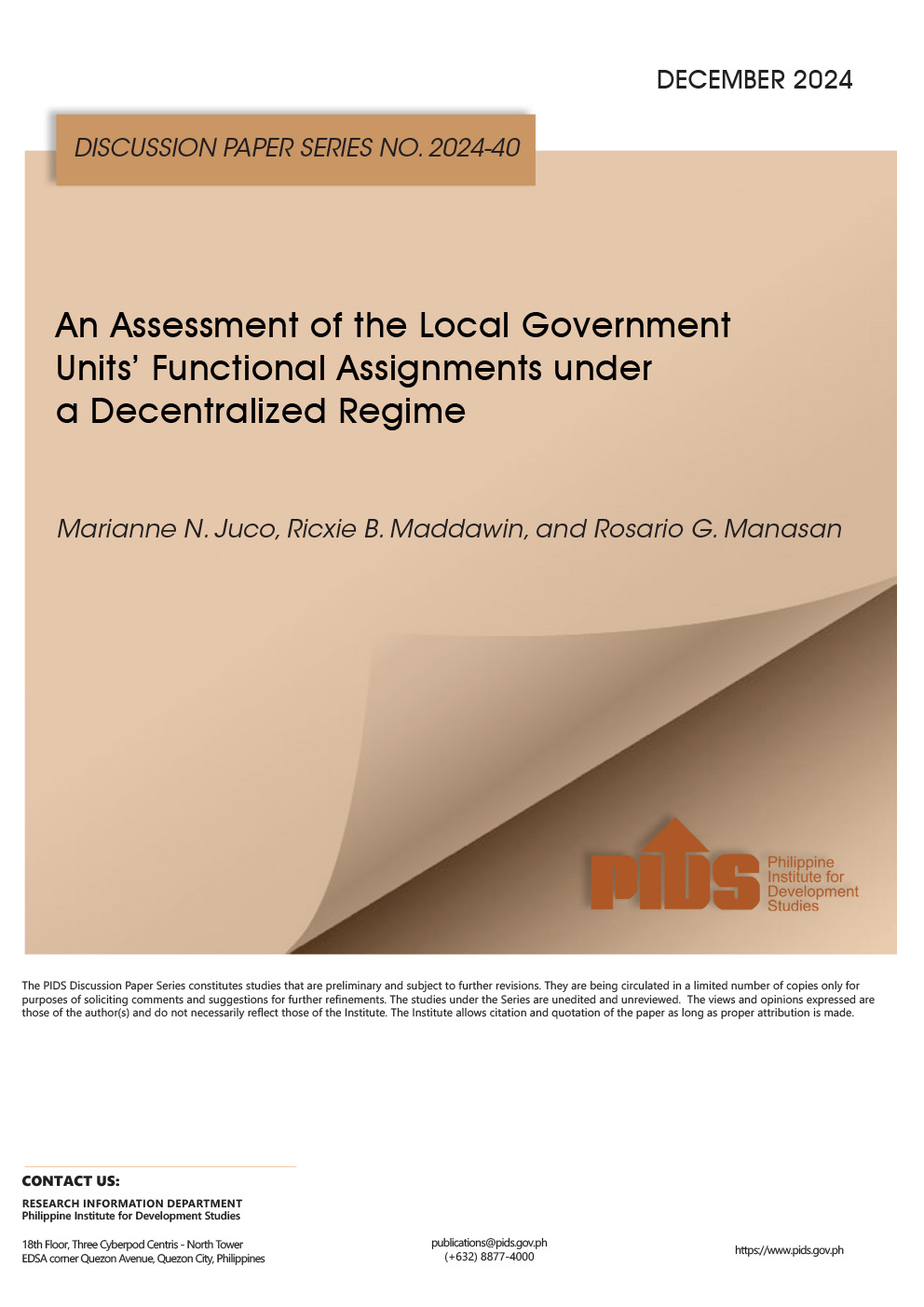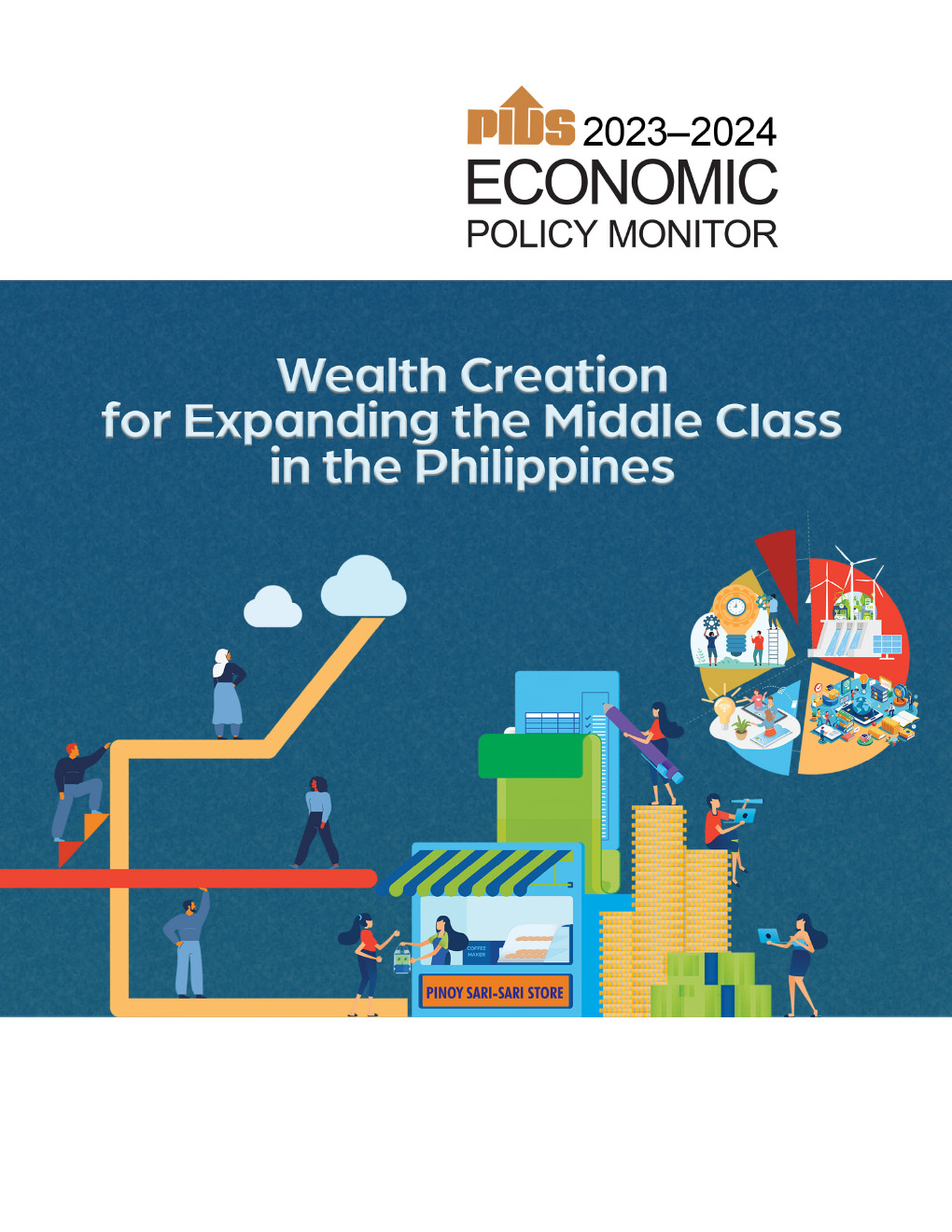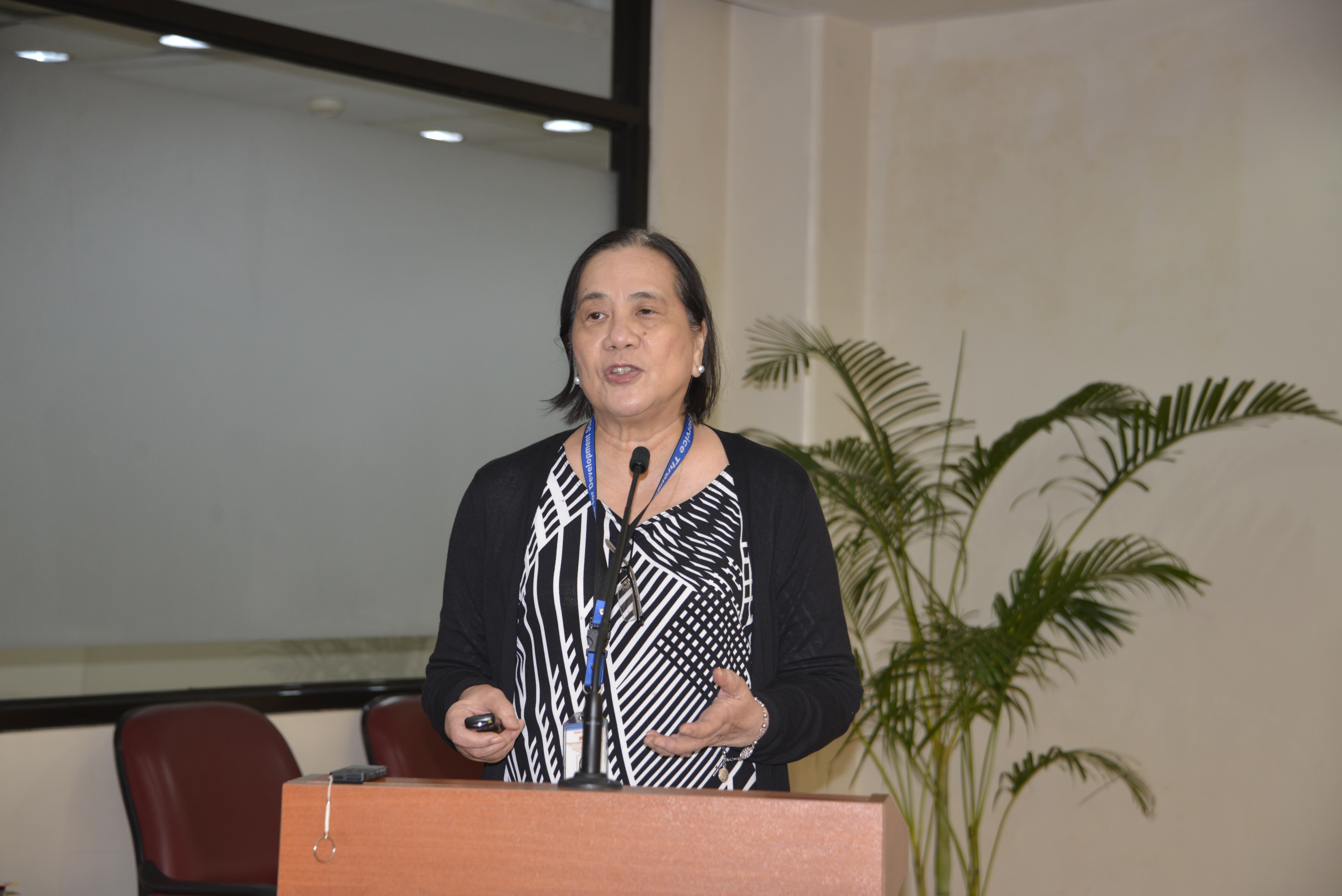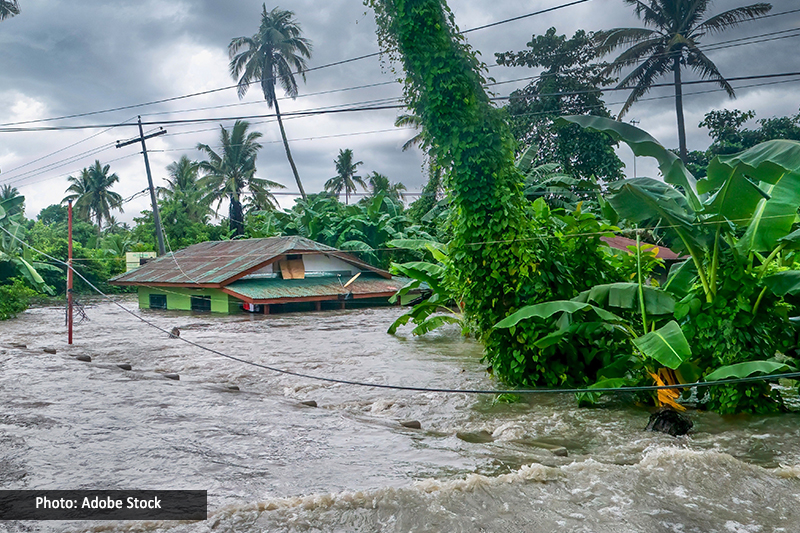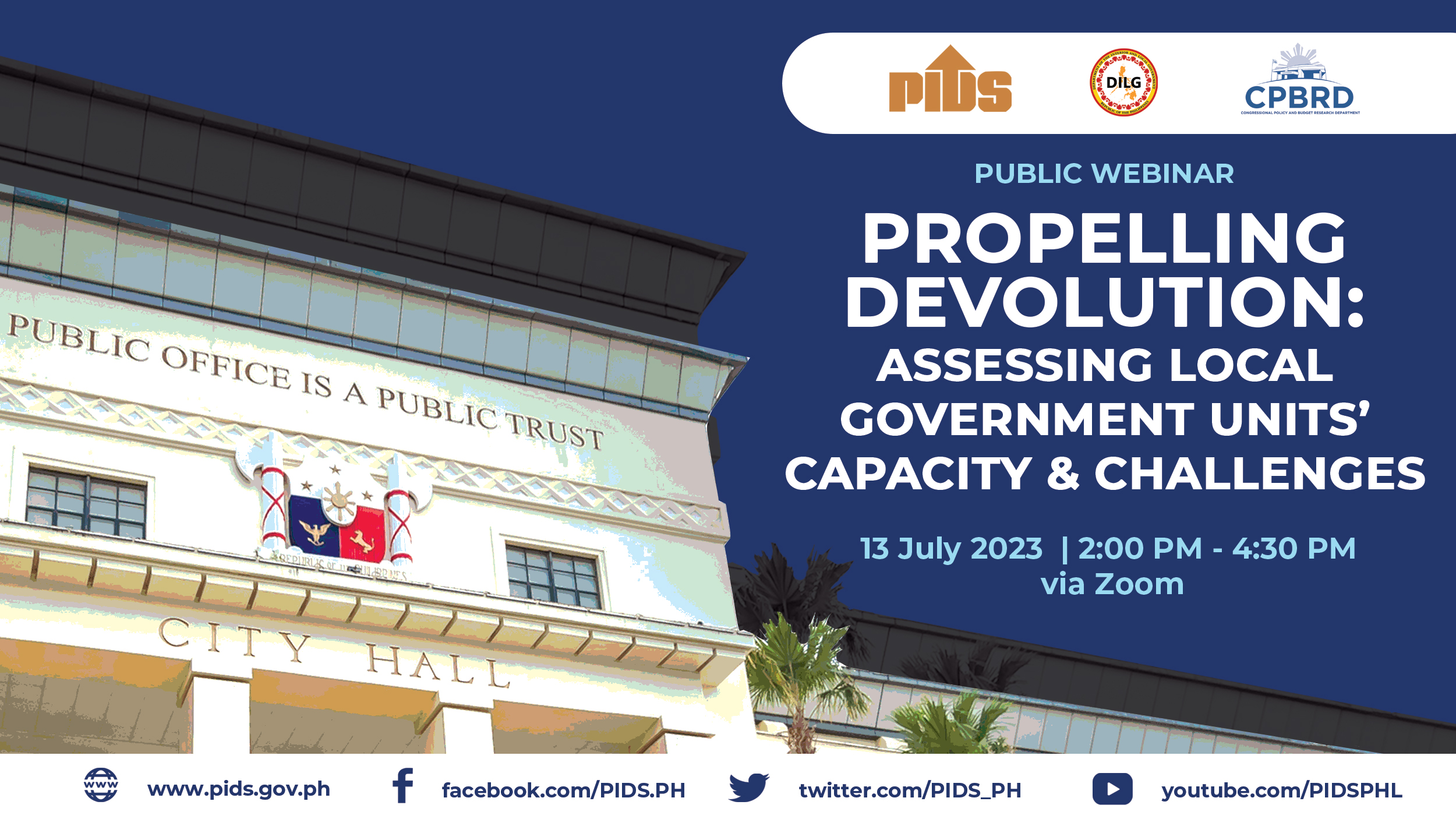MERELY allowing regions to hold on to their income “may not be enough to undo the huge imbalance in economic and human development” across regions, a paper points out. In a federal setup expenditures and taxation powers will have to be assigned clearly to correct “a highly uneven level of economic development” in the country.
There is no single model the Philippines can follow to ensure that taxes and expenditures are effectively designed under a federal government, a study recently pointed out.
One of the biggest challenges then, as officials pursue the shift to a federal government, is to ensure that regional governments have “the right Aincentives to deliver services assigned to them efficiently and effectively and to be more accountable to their constituents.”
Researcher Rosario G. Manasan examined what options are available in a discussion paper circulated last December by the Philippine Institute for Development Studies (PIDS). It’s titled “Designing the Fiscal Features of a Federal Form of Government: Autonomy, Accountability, and Equity Considerations.”
A “highly uneven level of economic development” across the regions has resulted from Metro Manila getting, for many years now, “a disproportionately large” share of the national budget. That’s one of the reasons proponents often cite in pushing for the federal system.
Uneven division
In 2016, Manasan pointed out, the National Capital Region received 14 percent of appropriations in the national budget, compared with 21 percent for all seven regions in the rest of Luzon, 10 percent for three regions in the Visayas, and 13 percent for Mindanao’s six regions.
But merely allowing regions to hold on to their income “may not be enough to undo the huge imbalance in economic and human development” across regions, considering that their tax bases vary. Cities tend to have a richer tax base than towns and provinces, being more urban and “having economies that are more market-based.”
A committee led by former Supreme Court chief justice Reynato Puno has started to review the 1987 Constitution and is expected to submit their recommendations to President Rodrigo Duterte.
One of the challenges in a federal setup will be assigning expenditures effectively, so that problems felt in the last 25 years under the Local Government Code are addressed. This will initially mean giving regional governments a bigger share of revenue than the present Internal Revenue Allotments (IRA).
New revenue sources
“Unless new sources of revenue are assigned to regional governments and local governments under the proposed federal models, intergovernmental transfers to subnational governments inclusive of their revenue share in federal revenues will have to expand to 59 percent of total collections from national internal revenue taxes in the current year, from 22 percent at present,” Manasan explained.
She pointed out in her paper that after the Local Government Code of 1991 took effect, local governments continued to lack revenue autonomy because of a combination of limited local taxing authority, limited revenue productivity, and “less than optimal” use of local taxing powers by local officials.
Some local governments, in search of more revenues, “have decided to raise permit fees and licenses that are at times deemed to be excessive by the business sector and to impose taxes on bases that are otherwise reserved for the central government,” Manasan pointed out.
“This practice has led to numerous disagreements between local governments and the business sector that have oftentimes ended in court and added to the cost of doing business and introduced greater uncertainty in the local business environment.”
One option that may be considered is transferring from the national to the regional governments the collection of the motor vehicle user charge and drivers’ license fees, estimated at P13 billion in 2016 prices, Manasan wrote.
Who does what?
Another levy that regional governments may be authorized to collect is a residence-based surtax on personal income tax. At one percent of taxable personal income of residents, this would yield some P19 billion a year in 2016 prices, Manasan estimated.
In the federal model proposed by the PDP-Laban Federalism Institute, 11 regional governments are supposed to take charge of local government supervision, fire protection, early childhood education, water supply, sanitation, waste management, road traffic management, parks, and social welfare.
Regional governments will share with the federal government its powers over health, housing, police, regional planning, environmental management, tourism, road infrastructure, flood control, transportation and communication, among others.
Another area that needs to be weighed carefully is borrowing by regional governments, such as to finance local infrastructure projects. Guidance from the literature on fiscal federalism, Manasan said, suggests that regional governments should be given more independent taxing authority. At the same time, however, the federal government must commit “not to bail out fiscally distressed subnational governments and not to guarantee subnational government borrowing,” as this toughness would help teach all levels of government to practice fiscal discipline.
On this score, different federal constitutions offer various models. Mexico does not allow states to borrow from foreign sources or in foreign currency. Malaysia limits states to borrowing only from the federal government or from a source approved by it. (IDA)

